Review: Sharp Aquos Crystal for Boost Mobile
Media
The Crystal includes the basic Google Play apps, including Music & TV, Video, Books, Newsstand, and Games. You can use the Play Store to purchase or rent content and then consume it in the corresponding app. These apps are fairly mature and haven't changed much in the last year or so. They work just fine. The Crystal lacks basic MP3/video player apps for sideloaded content.
The Crystal also includes NextRadio for listening to local FM radio stations. It's a bummer that it requires headphones (to act as an antenna,) although that's common. NBA fans will be happy to have access to news and video clips via the NBA Game Time app. The Boost Music app is onboard. It functions just like the Sprint Music Plus app, but with Boost branding. It's better for discovering ringtones than it is the latest hits. There are no third-party video apps/services.
Audiophiles might be pleased by the presence of Harmon Kardon's ClariFi and LiveStage technology. ClariFi can help restore the quality of compressed audio. It can only be used when headphones or Bluetooth speakers are connected to the Crystal. I used the Crystal with both $30 headphones and $500 headphones and I heard only minimal improvements in the sound when ClariFi was turned on. It's better, but only slightly. Similarly, LiveStage claims to offer a more realistic headphone listening experience. Basically, it plays with how your ears perceive the stereo soundstage. The difference is best realized when you close your eyes and imagine yourself in an empty room. Turning LiveStage on and off alters where you think the sound is coming from in the room. It definitely changes the sound of music, but I'd say it's merely different and not necessarily better.
Camera
With no hardware camera button, the Crystal's camera must be launched with either the lock screen shortcut — which didn't work consistently — or via the usual app icon. The camera could open faster.
The Crystal's camera user interface is one of the busiest I've ever seen. The camera uses the entire screen as the viewfinder, but much of it is obscured by white buttons/icons floating along the left, right, and top edges of the screen. It's simply overwhelming. I'm all for choice and easy accessibility, but there's a practical limit to how much stuff you can cram onto the screen without affecting usability. Sharp exceeded that limit.
The left side of the viewfinder provides access to the full settings menu, front camera, and flash. There are seven more options that run across the top of the screen for selecting shooting mode, location, image size, HDR, and so on. Thankfully, you can dismiss all the secondary controls, leaving only the shutter button visible. It's not intuitive, but it can be done. Of course, if you get rid of the extra controls, you have to call them up again in order to make any changes to the camera's behavior. I wouldn't mind if the camera retained easy shortcuts to the flash, user-facing camera, and HDR and lost the string of icons across the top. Instead, Sharp takes an all-or-nothing approach.
The Crystal includes a hefty number of shooting modes. It includes auto, standard, portrait, night portrait, scenery, night scenery, food, text, sepia, monochrome, fisheye, miniature, panorama, and mirror modes. Most of these modes are self-explanatory.
The fisheye mode is awful. The Crystal doesn't actually have a wide-angle or fisheye lens, so it employs software trickery to create the fisheye effect. The results are grainy disasters. The food and text modes purport to be better for capturing these two subject types, but I couldn't see any appreciable difference in the results when compared to using the Crystal in "auto" and standard modes. The miniature is supposed to employ a tilt-shift effect to make real-life objects look like small toys. It doesn't work well, either.
Aside from the tangled usability, my biggest gripe about the Crystal's camera is speed. It's just not fast enough. It's slow to focus and capture images and slow to open the menus and adjust to changes. I've found this is somewhat common with phones using the Snapdragon 400 processor.
Pictures
The Crystal has an 8-megapixel sensor that produces inconsistent results. Focus and exposure were, for the most part, accurate. White balance performance was erratic at best and the sensor had a hard time balancing lighting extremes. For example, see the blown out flowers and the underexposed trees in the images below. Using HDR didn't do much to correct these issues. I'd call the Crystal's camera below average. You can use it with confidence on sunny days, but you'll need to make adjustments to get usable results if the lighting conditions are anything but perfect.
Video
The Crystal did a better job of capturing good video. The sensor was able to adjust for light and dark environments and offered more balanced exposure. Focus was typically good, and white balance showed improvement over still images as well. It didn't do as well indoors in darker spaces, where I noticed a lot more grain. The Crystal should do fine for most casual, outdoor video needs.
Gallery
The Crystal uses the stock Android gallery application. It doesn't offer anything new or different compared to other Android KitKat phones. It's acceptable for managing photo albums and sharing photos with social networks. It also has a spate of editing features, such as crop, rotate, red-eye reduction, and filters that help correct color, exposure, and other issues. The app also has a handful of frames and other tools to give photos extra pizzazz.
The Google Photos+ app is also on board, which ties into Google+. Photos+ is a decent app and is particularly handy when it comes to backing up photos and videos to Google+ for easier management and sharing.
Apps
There are a lot of Boost Mobile-branded apps on board, as well as a few other useless extras. You'll find 1Weather, AirG, Assistant, Boost Wallet, Boost Zone, Gadget Guardian, and so on. Most of these cannot be deleted, but there's still a fair amount of storage left on the Crystal for your own apps and content.
Bluetooth
The Crystal's Bluetooth radio worked well. I was able to connect with an array of other gadgets and pass phone calls and music to mono and stereo headphones, respectively. Calls sounded OK through my car's hands-free system. Music also sounded good via Bluetooth (although it lacks aptX support for truly top-quality music.) I had no trouble pushing files between devices, either.
Browser
The Crystal comes with Chrome, which has been "enhanced" with the Lumen Toolbar. Basically, the Lumen Toolbar adds browser extensions that alter the performance of the browser when it comes to content, such as games and videos. It also adds easy sharing tools that appear in a dock along the bottom of the screen, such as newsfeed shortcuts and recommendations. I don't find it to be all that helpful, and thankfully you can turn it off.
Chrome did a fine job of rendering web sites whether you use the Lumen toolbar or not. Speeds on Sprint's network aren't great, though, even on LTE. I often found myself grinding my teeth waiting for sites to load on 3G, but found less reason to be impatient when under Sprint Spark coverage. Despite the speed bump offered by Spark, Sprint's LTE doesn't compare favorably to its competitors. That's bad news for the Crystal.
Clip Now
Sharp has taken a novel approach to capturing screen shots. You can still press the power/volume toggle to snag a screen shot, or you can turn on a feature called Clip Now. With Clip Now on, you simply swipe from the upper left corner of the display and the Crystal automatically captures and saves a screen shot. It takes a bit of practice to get the gesture down, but once you do, it's a lot faster than finding and pressing two buttons at the same time.
Clock
The Crystal's clock is a digital display that shows up when the phone is woken from sleep. It's big enough to be read at an arm's length. I was unable to find a way to adjust the font or appearance of the clock on the lock screen, but you can download a bazillion clock widgets for the home screen panels.
GPS
The Crystal includes Google Maps and Telenav's Scout app. Google Maps and Scout are both good in their own right. I find Google is better at live navigation than Scout, but Scout (which is free) is really great at finding local stuff, such as nearby restaurants, banks, and so on. The GPS radio itself often found me in fewer than 20 seconds and was accurate to within about 25 feet.


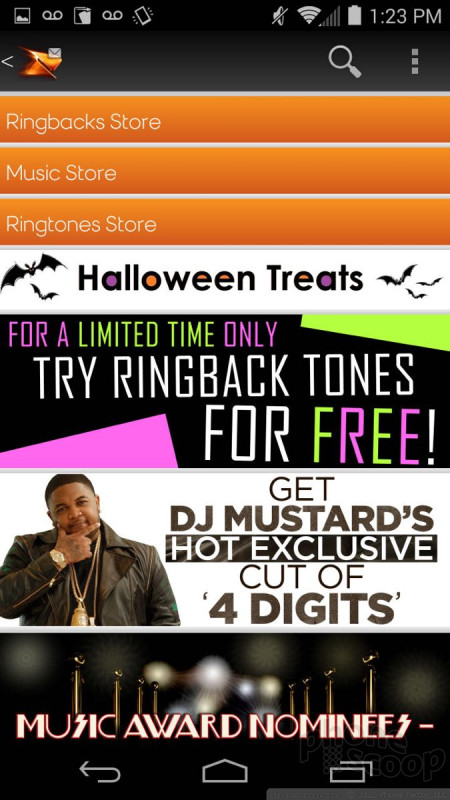




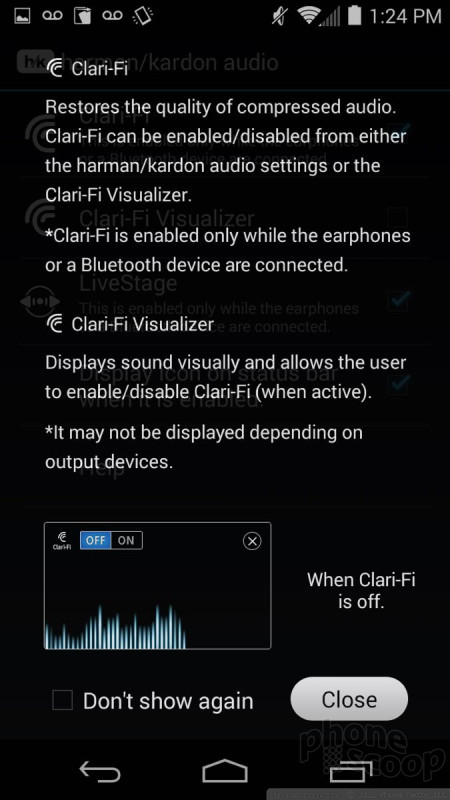


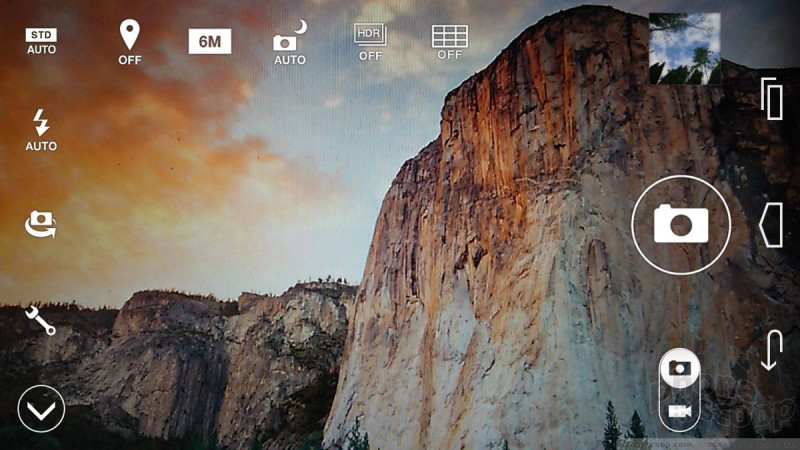





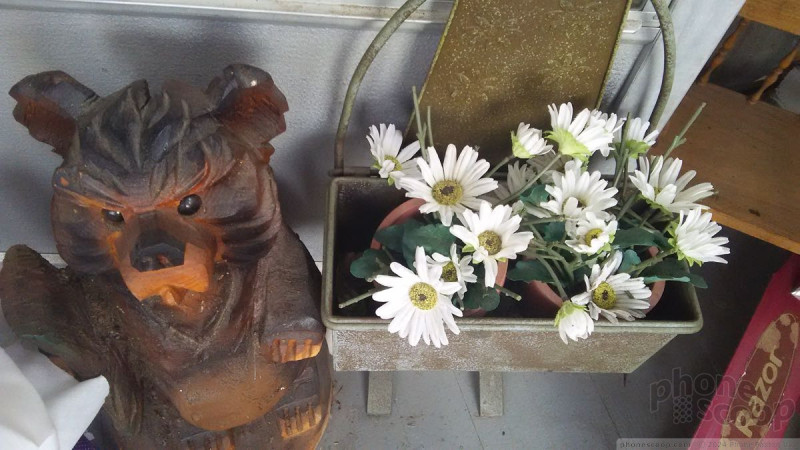











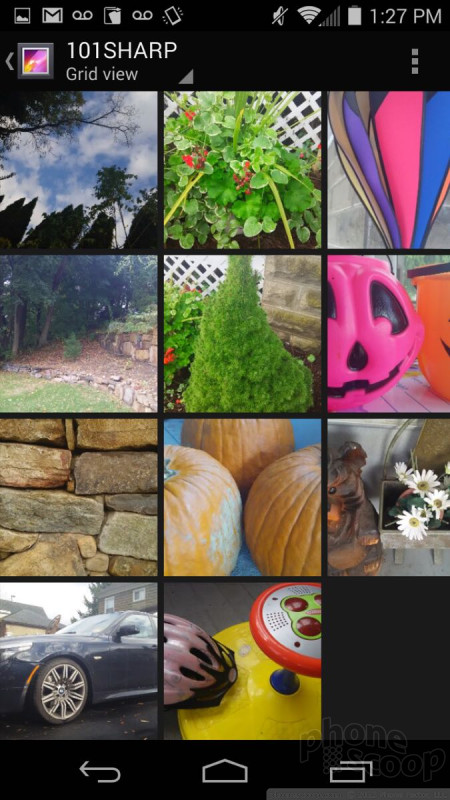






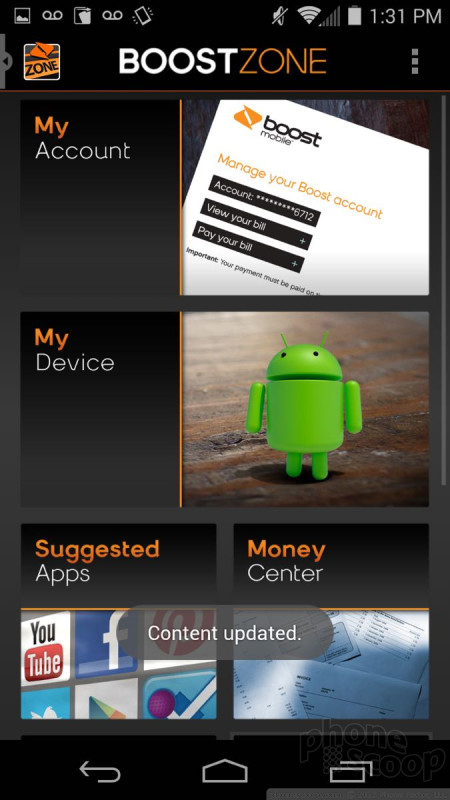


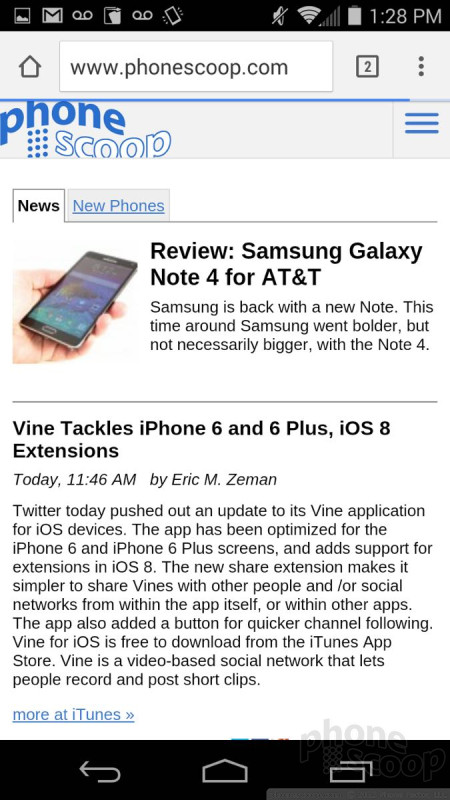




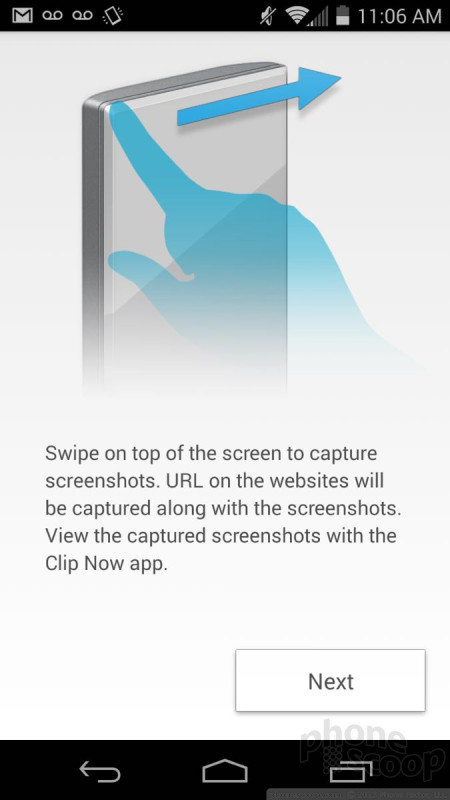



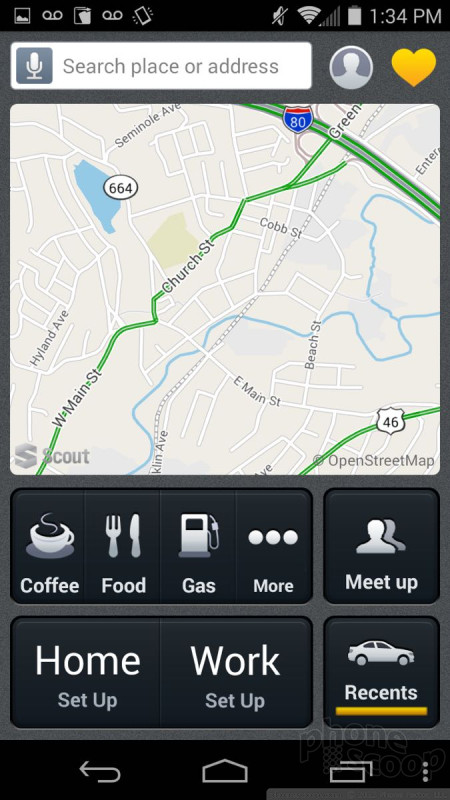




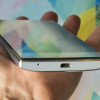 Hands-On: Sharp Aquos Crystal for Sprint
Hands-On: Sharp Aquos Crystal for Sprint
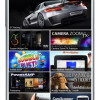 Sprint Formally Debuts Sharp Aquos Crystal
Sprint Formally Debuts Sharp Aquos Crystal
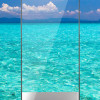 SoftBank and Sprint Working with Sharp on Edgeless Phone
SoftBank and Sprint Working with Sharp on Edgeless Phone
 Sharp Aquos Crystal
Sharp Aquos Crystal





